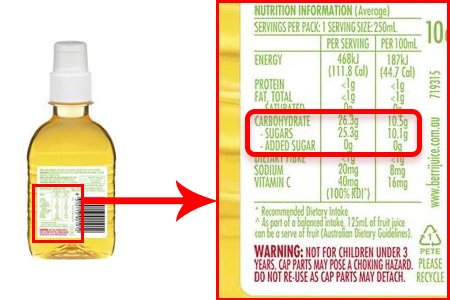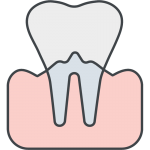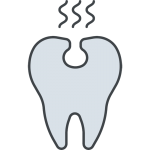Understanding Sugar
Sugar is a type of carbohydrate your body uses for energy. There are two main types of sugars – natural sugars and added sugars. Natural sugars are found in unprocessed foods such as milk, fruit and vegetables. They are eaten in smaller quantities along with important nutrients. Added sugars are sugars and syrups that have been refined from plants such as sugar cane. These are often added in cooking and during processing by food and drink manufacturers.
Research shows that having too much sugar in your food or drink intake is linked to health problems such as tooth decays, obesity, and heart disease.
Why do we need to limit our sugar intake?
The World Health Organization (WHO) recommends that both adults and children should reduce their sugar intake to less than 10% of total energy intake1. WHO has commissioned a research that provides consistent evidence that diets higher in added sugars resulted weight gain in adults2. High sugar diets have been identified to cause weight gain which increases the risk of Type 2 Diabetes3.
All forms of sugar promote tooth decay by allowing bacteria to multiply and grow4. The more often and longer you snack on foods and beverages with either natural sugar or added sugar, the more likely you are to develop cavities, especially if you don’t practice good oral hygiene.
How to identify Added Sugars in foods?
Reading a food label to spot added sugars should be an easy task, however, food manufacturers call sugar in many different names (more than 60!) which makes it not-so-easy. Here are some quick tips on spotting those hidden sugars on labels… Watch out for:
- Words that end in “-ose” are often chemical names for sugars – 6 common chemical names for sugars include glucose, dextrose (another name for glucose), sucrose, lactose (milk sugar), fructose (fruit sugar), maltose (malt sugar).
- Syrups – e.g. high-fructose corn syrup, malt syrup, male syrup, agove syrup
- Nectars – e.g. pear nectar, peach nectar
- Juices – e.g. fruit juice, cane juice
- Any mention of “sugar” or “sweetener”
- Honey
Also, remember that 4 grams of sugar = 1 teaspoon. The World Health Organization says we should limit intake of added sugars to 6 teaspoons per day.

So, what should I do now?
Read your food labels when you go to the supermarket – it’s a lot of remember, but recognising added sugars in your foods will surely help with limited the amount of sugar in your diet, and hence reducing any sugar-related health risks.
Next time you’re tempted to go for sugary foods or drinks, opt for healthier alternatives instead. Read our article on Healthy Holiday Treats for some great healthier food ideas!
What does SUGAR look like on food packaging?
How many of these names for SUGAR have you seen?
References
- Reducing free sugars intake in children and adults. e-Library of Evidence for Nutrition Actions (eLENA). World Health Organization. [Link]
- BMJ 2013. Dietary sugars and body weight: systematic review and meta-analyses of randomised controlled trials and cohort studies. [Link]
- Basu, S. 2013. The relationship of sugar to population-level diabetes prevalence: an econometric analysis of repeated cross-sectional data. [Link]
- Mayo Clinic. 2019. Added sugars: Don’t get sabotaged by sweeteners. [Link]












